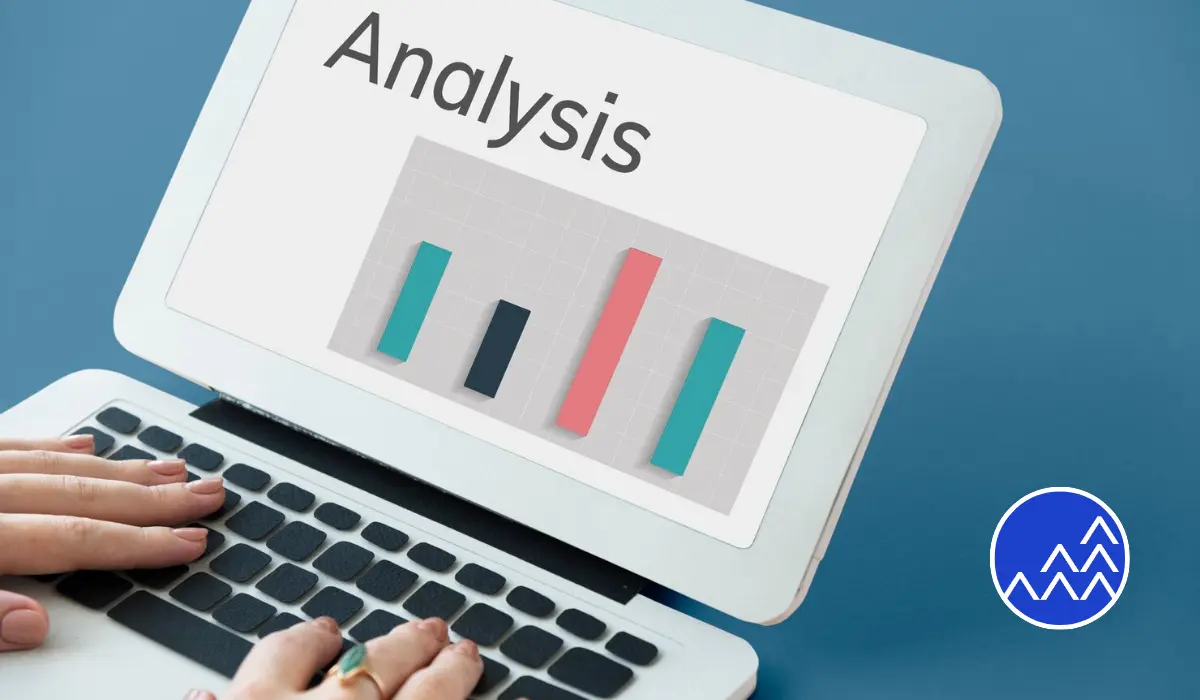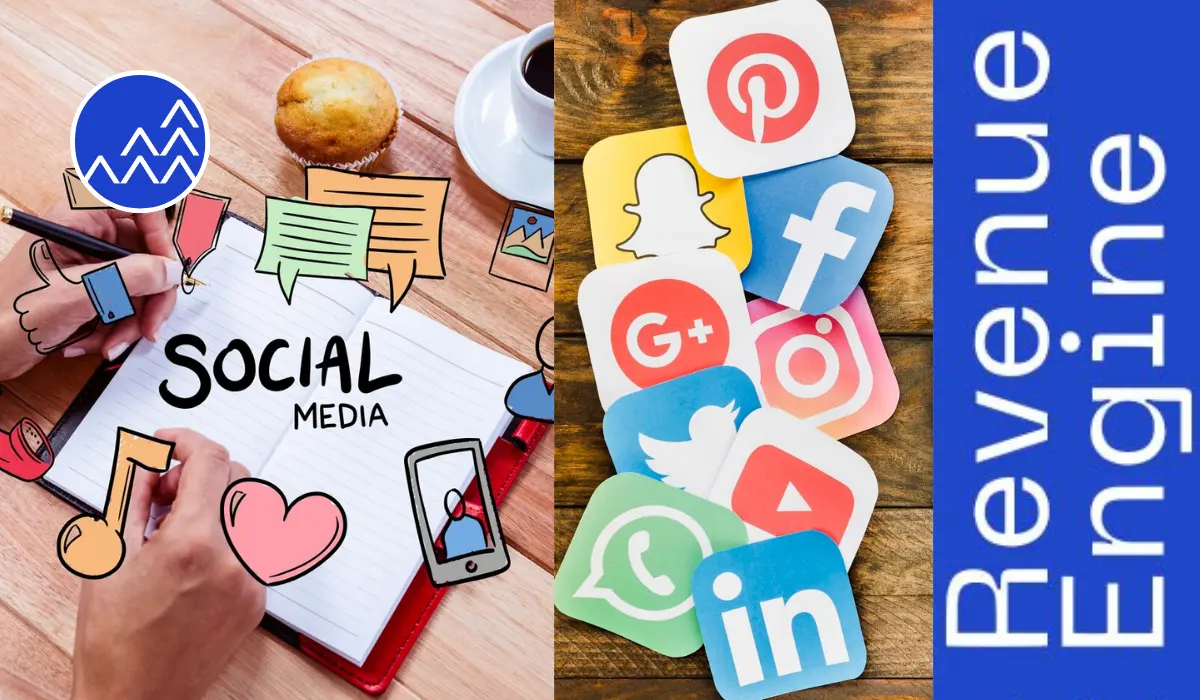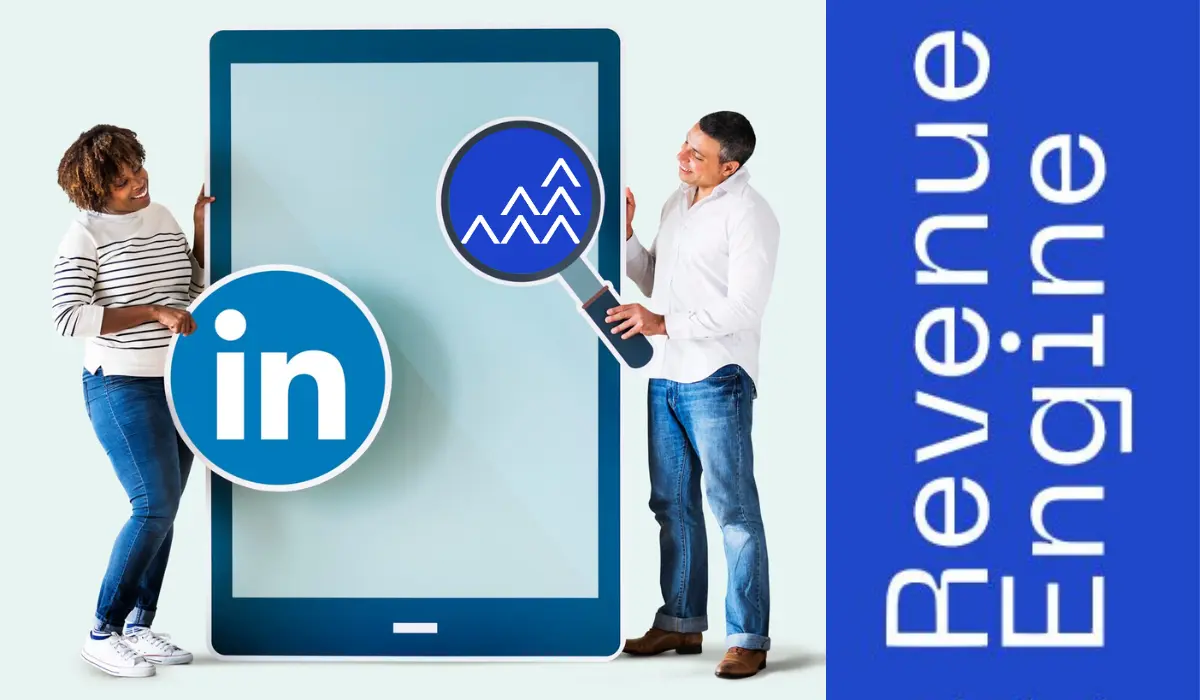Paid advertising has become one of the most powerful tools for businesses looking to drive traffic, increase brand visibility, and ultimately, boost sales. Unlike organic marketing, paid ads deliver immediate results by targeting specific audiences, ensuring your brand’s message reaches the right people at the right time. Revenue Engine guide, we’ll explore the key aspects of paid advertising, how to maximize ROI, and strategies to ensure success across various platforms.
What Are Paid Ads?
Paid ads refer to any form of advertising where businesses pay to promote their products or services on platforms like Google, Facebook, Instagram, and LinkedIn. These ads can appear as text, images, videos, or other formats depending on the platform. The most common types of paid ads include:
- Search ads: Ads that appear at the top of search engine results pages (Google Ads, Bing Ads).
- Social media ads: Sponsored posts or display ads on platforms like Facebook, Instagram, LinkedIn, and Twitter.
- Display ads: Visual ads that appear on websites, blogs, and other digital platforms.
- Video ads: Short videos that appear on platforms like YouTube or social media feeds.
Why Paid Ads Matter for Businesses
Paid ads offer several advantages for businesses:
- Immediate Results: Unlike organic strategies, which take time to build, paid ads can quickly drive traffic and conversions.
- Targeted Advertising: Paid ads allow for highly specific audience targeting, ensuring your message reaches the right demographic based on age, location, interests, and behavior.
- Scalability: Paid advertising campaigns can easily scale up or down based on budget, making it accessible for businesses of all sizes.
- Measurable ROI: With paid ads, businesses can track metrics like click-through rate (CTR), conversion rate, and cost-per-click (CPC) to assess the performance of each ad.
How to Create Effective Paid Ads
To create a paid ad campaign that delivers results, follow these key steps:
Define Your Objectives
Before launching a paid ad campaign, it’s crucial to establish clear goals. Common objectives include:
- Increasing website traffic
- Generating leads
- Driving sales
- Building brand awareness
- Boosting app downloads
Your objective will determine the type of ad you create and the metrics you’ll track to gauge success.
Choose the Right Platform
Not all platforms are created equal when it comes to paid advertising. Each platform offers unique advantages based on your audience and objectives. Here’s a quick breakdown:
- Google Ads: Ideal for businesses looking to capture users actively searching for specific products or services.
- Facebook Ads: Great for broad audience targeting, especially for B2C companies.
- Instagram Ads: Best for visually driven campaigns targeting younger audiences.
- LinkedIn Ads: Perfect for B2B companies looking to engage professionals and decision-makers.
Pick the platform(s) that align best with your audience and goals.
Target the Right Audience
Paid ads thrive on their ability to target specific audiences. Use detailed targeting options such as demographics, interests, online behavior, and location to refine your audience. This ensures your ads are seen by those most likely to engage with your content.
Craft Engaging Ad Copy and Visuals
Your ad’s message and design are critical to attracting attention. To increase engagement, follow these best practices:
- Keep it concise: The message should be clear and concise, addressing your audience’s pain points or needs.
- Use a strong call-to-action (CTA): Encourage users to take immediate action with phrases like “Buy Now,” “Sign Up,” or “Learn More.”
- Optimize visuals: High-quality images or videos increase the likelihood of users interacting with your ad. Ensure your visuals align with the overall brand tone.
Budgeting and Bidding Strategy
Paid advertising offers flexibility in terms of budget. You can set daily or lifetime budgets depending on your goals. Additionally, platforms like Google Ads allow you to choose between various bidding strategies:
- CPC (Cost-Per-Click): Pay only when someone clicks on your ad.
- CPM (Cost-Per-Mille): Pay for every 1,000 views your ad receives.
- CPA (Cost-Per-Acquisition): Pay for a specific action, such as a form submission or purchase.
Choosing the right bidding strategy depends on your objective and desired outcomes.
Monitor and Optimize Campaigns
Once your campaign is live, continuous monitoring is essential. Key metrics to track include:
- Click-Through Rate (CTR): Measures how many users clicked on your ad.
- Conversion Rate: The percentage of users who completed the desired action (purchase, sign-up).
- Return on Ad Spend (ROAS): Determines the profitability of your campaign by comparing revenue generated with the amount spent on ads.
- Cost-Per-Click (CPC): How much you pay for each click on your ad.
If your ads are underperforming, tweak the targeting, messaging, or budget allocation to improve results.
Paid Ads on Major Platforms
Each platform offers unique tools and options for running paid ads. Here’s a breakdown of what to expect:
Google Ads
Google Ads is the go-to platform for businesses aiming to capture high-intent search traffic. It allows you to bid on keywords related to your business, ensuring your ad appears when users search for those terms. Google also offers display ads, video ads on YouTube, and retargeting options.
Facebook and Instagram Ads
Facebook Ads Manager allows businesses to run paid campaigns across both Facebook and Instagram. It offers robust targeting options, including interest-based targeting, lookalike audiences, and retargeting. Visual content performs best on these platforms, so focus on creating eye-catching images or videos.
LinkedIn Ads
LinkedIn Ads are effective for B2B companies looking to target professionals, executives, and decision-makers. and offers options like sponsored content, InMail ads, and display ads, making it a powerful platform for lead generation and brand awareness in the business world.
Conclusion
Paid ads are a critical tool for businesses looking to accelerate growth, increase visibility, and drive sales. By defining clear objectives, selecting the right platform, and crafting compelling ads, you can maximize ROI and ensure long-term success. Paid advertising offers a scalable, targeted, and measurable approach to reaching your audience and converting them into loyal customers.
FAQs!
What are paid ads?
Paid ads are promotional messages businesses pay to display on platforms like Google, Facebook, and Instagram, targeting specific audiences to drive traffic and sales.
How much do paid ads cost?
The cost of paid ads varies based on platform, competition, and bidding strategy. You can set daily or campaign budgets to control spending.
Which platform is best for paid ads?
It depends on your audience. Google Ads is great for search traffic, while Facebook and Instagram ads work well for visual, broad-audience campaigns.
How do I measure the success of paid ads?
Track key performance metrics like CTR, conversion rate, ROAS, and CPC to evaluate how well your ads are performing and adjust your strategy accordingly.
How can I improve my paid ads performance?
Continuously optimize your ads by tweaking targeting, refining your message, testing different visuals, and adjusting your budget based on performance data.







